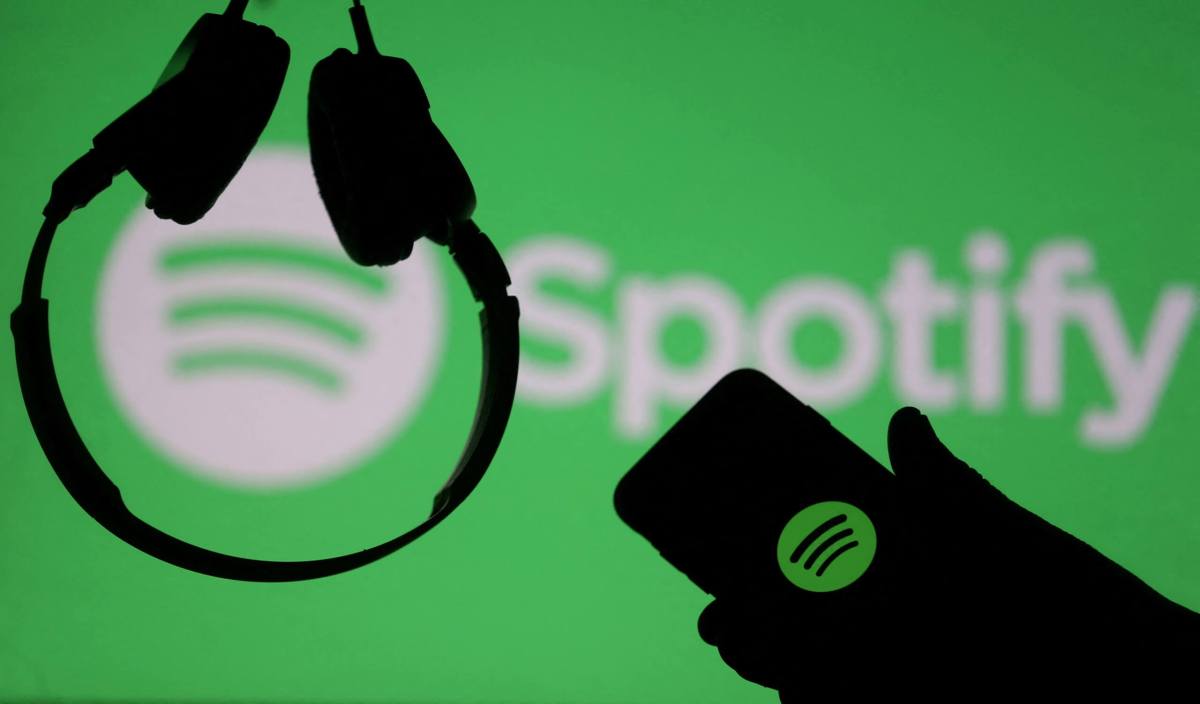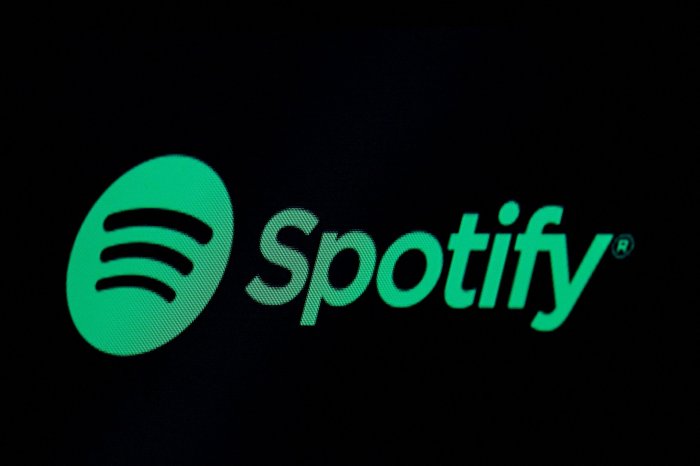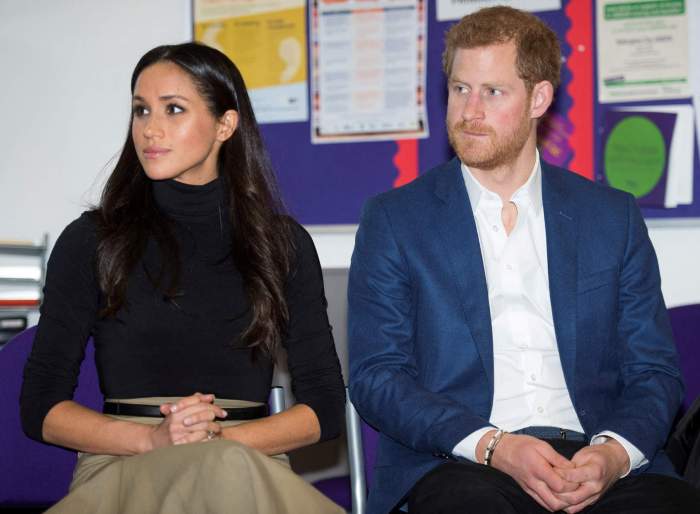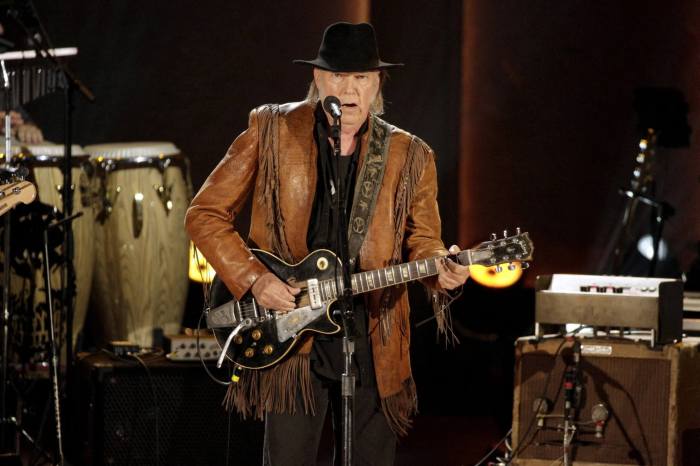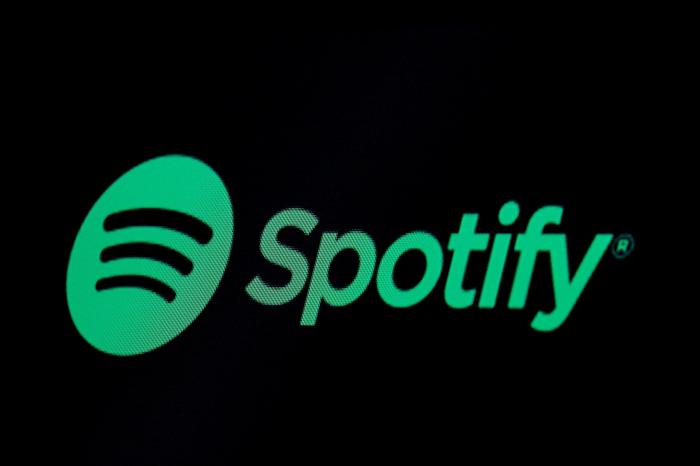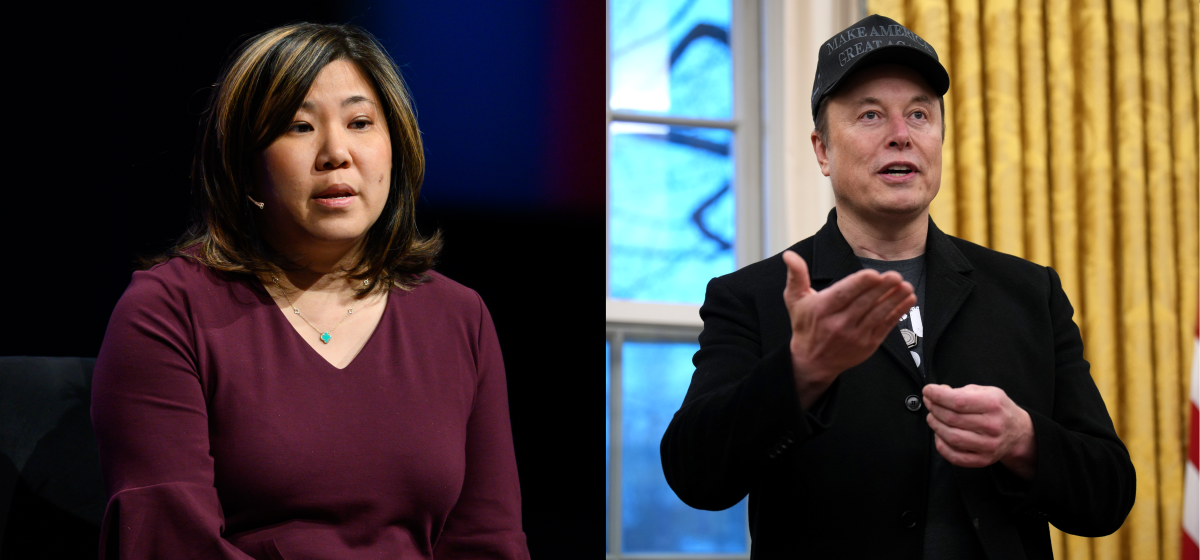Spotify forecast on Wednesday weaker than expected subscriber expectations for the current quarter, sending its shares down 15% in late trade.
The outlook overshadowed fourth-quarter revenue, which came in higher than analysts’ estimates, as the music streaming company sold more advertisements and newer services such as podcasts, while recording a healthy 16% increase in paid subscribers for its premium service.
Total monthly active users rose 18% to a record 406 million.
The company, however, forecast current-quarter paid subscribers of 183 million, below expectations of 184 million. Revenue is expected to meet estimates of 2.60 billion euros.
The subscription music streaming service has invested over a $1 billion in the podcasting business, led by marquee exclusive shows such as The Joe Rogan Experience.
But the allure of the podcast star also drew condemnation after his show aired controversial views around COVID-19, drawing protests from artists Neil Young and Joni Mitchell.
Rogan, a popular internet commentator, has since apologized and Spotify said it would start adding content advisories to episodes discussing COVID.
Spotify said podcast’s share of overall consumption hours on its platform reached an all-time high and it expanded its paid podcast subscriptions in 33 more markets and enabled podcasts for users in Russia, Egypt and Saudi Arabia.
Premium subscribers, which account for most of the company’s revenue, rose to 180 million, beating analysts’ expectations of 179.9 million.
Quarterly revenue rose to 2.69 billion euros ($3.04 billion) for the quarter from 2.17 billion a year earlier, and above the 2.65 billion euros expected by analysts, according to IBES data from Refinitiv.
Revenue from users who hear advertisements rose 40% to 394 million euros or 15% of total revenue.
“Investors largely ignored Spotify’s advertising business during Spotify’s first few years as a public company, with subscriber growth dominating the narrative,” LightShed Partners analyst Richard Greenfield said in a note.
“As Spotify moved from a music platform to an audio platform (podcasting, live audio, audiobooks), it has unlocked the potential for a robust advertising business that is now too large for investors to ignore.”
Spotify ventured into podcasts in 2018 with a series of acquisitions to compete with Apple Inc. Since then it has launched a paid subscription platform for podcasters in the U.S., opened it up for advertising, and became the largest podcaster dethroning Apple.
Unlike the music business, which is largely commoditized and low margin as it pays out a part of the revenue to the rights holders, podcasts engage listeners for hours on end, creating valuable advertising inventory that has underpinned the optimism by Wall Street over its long term future.



